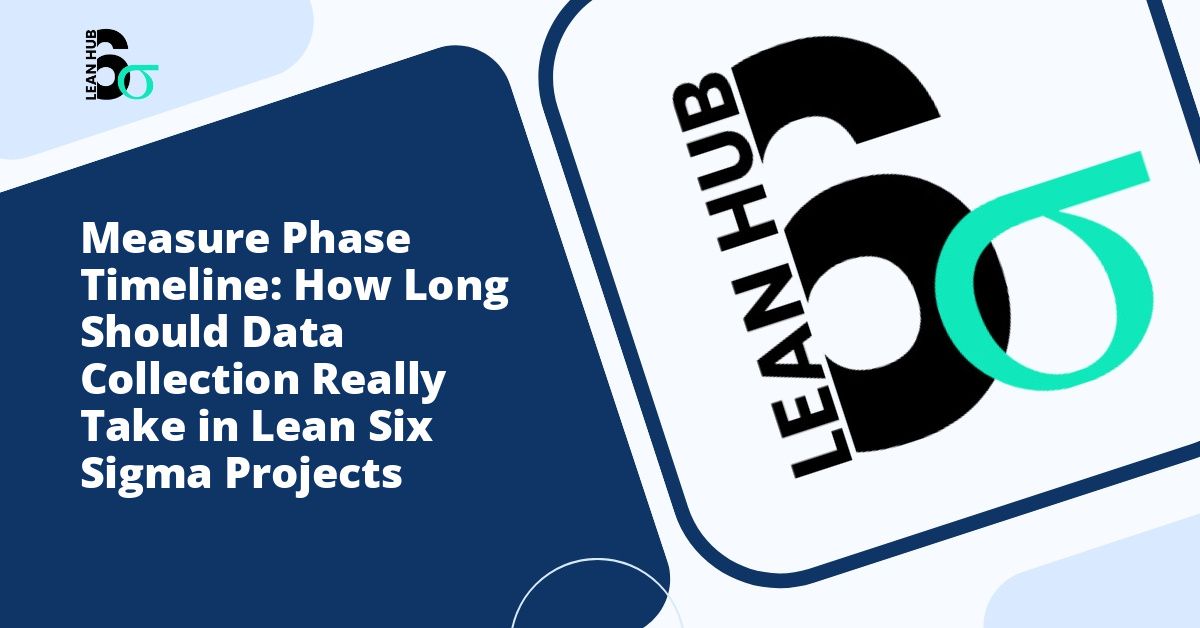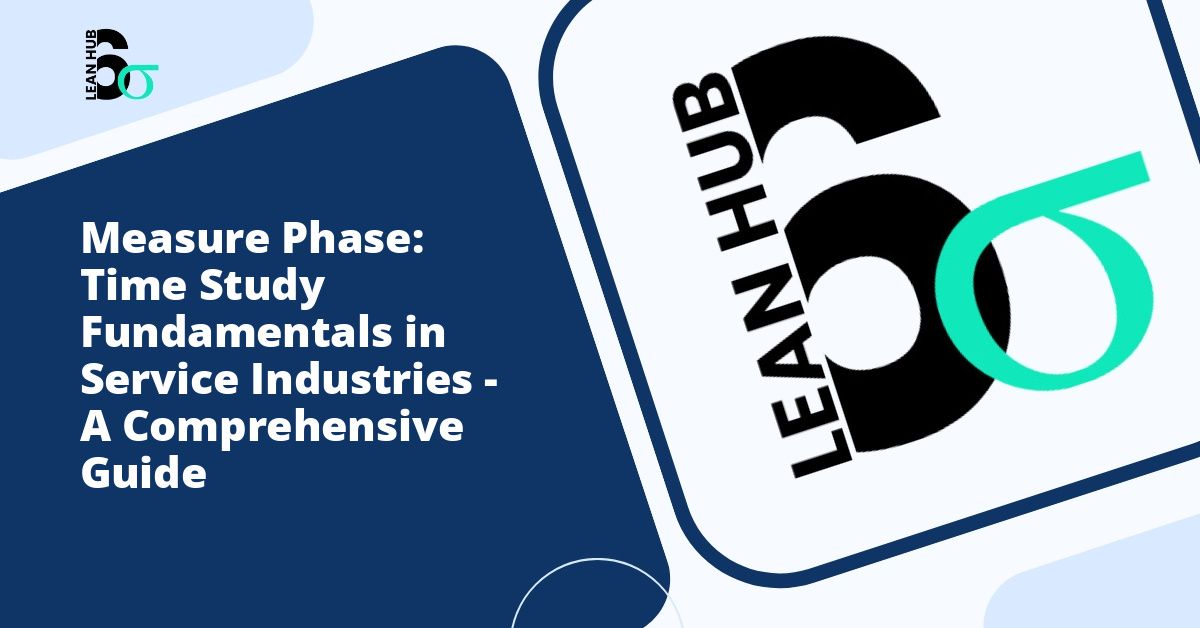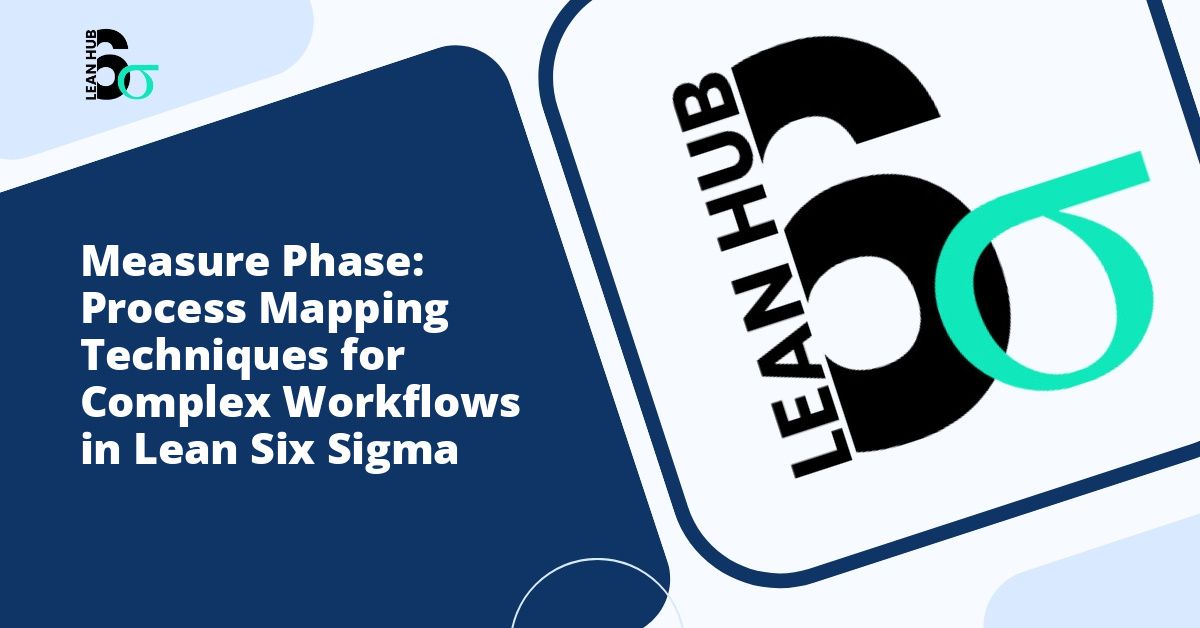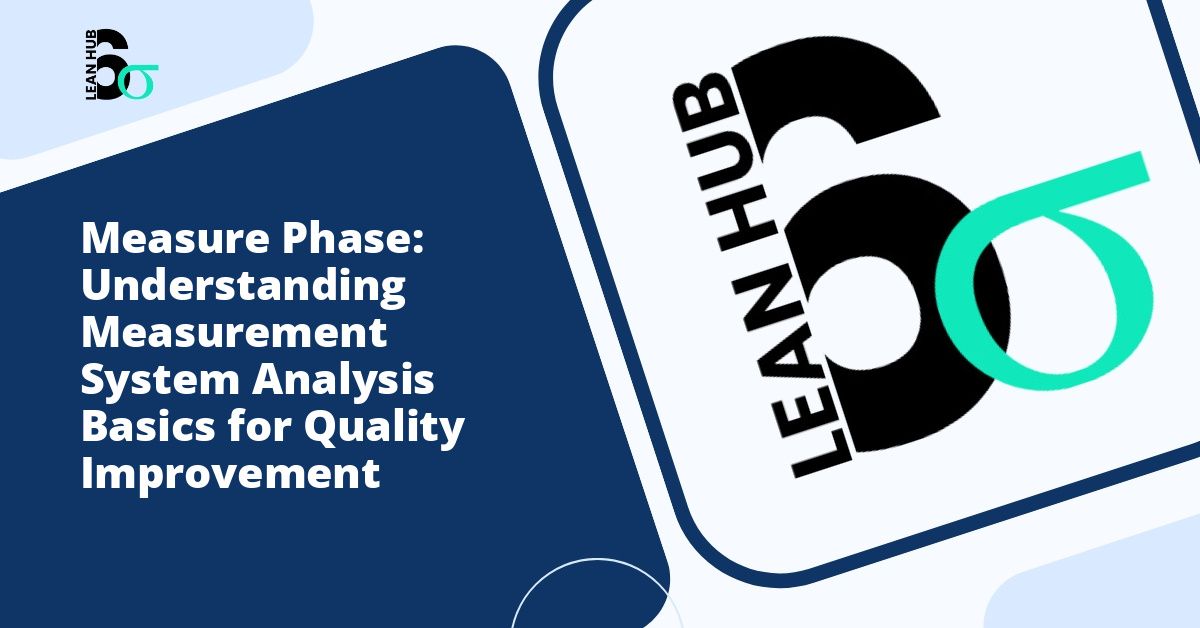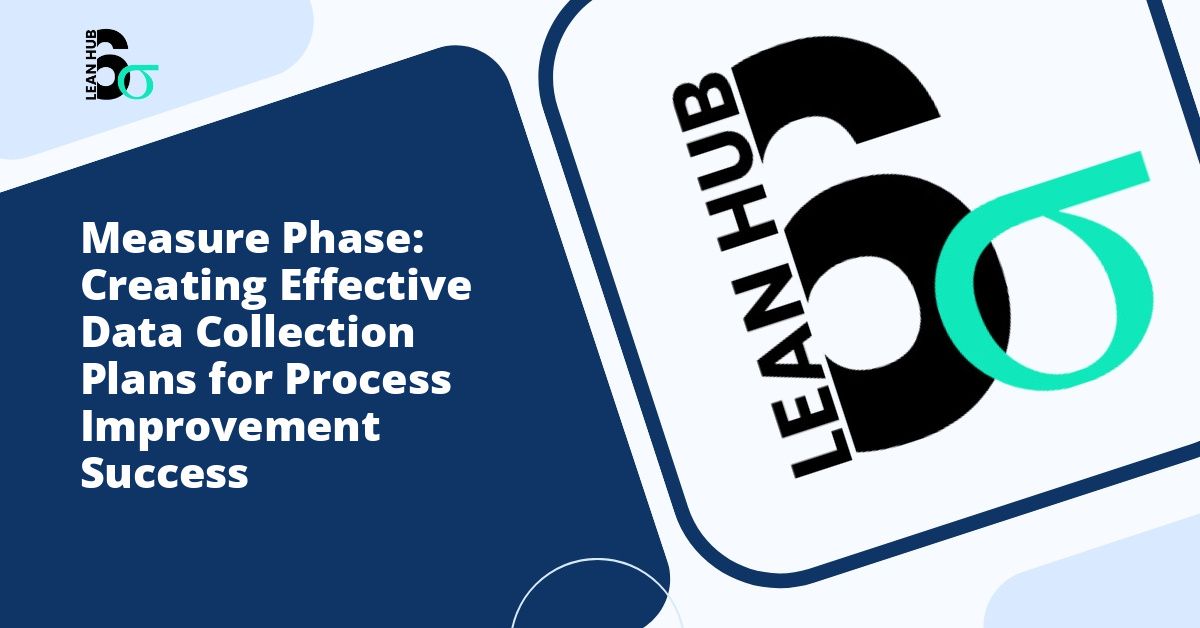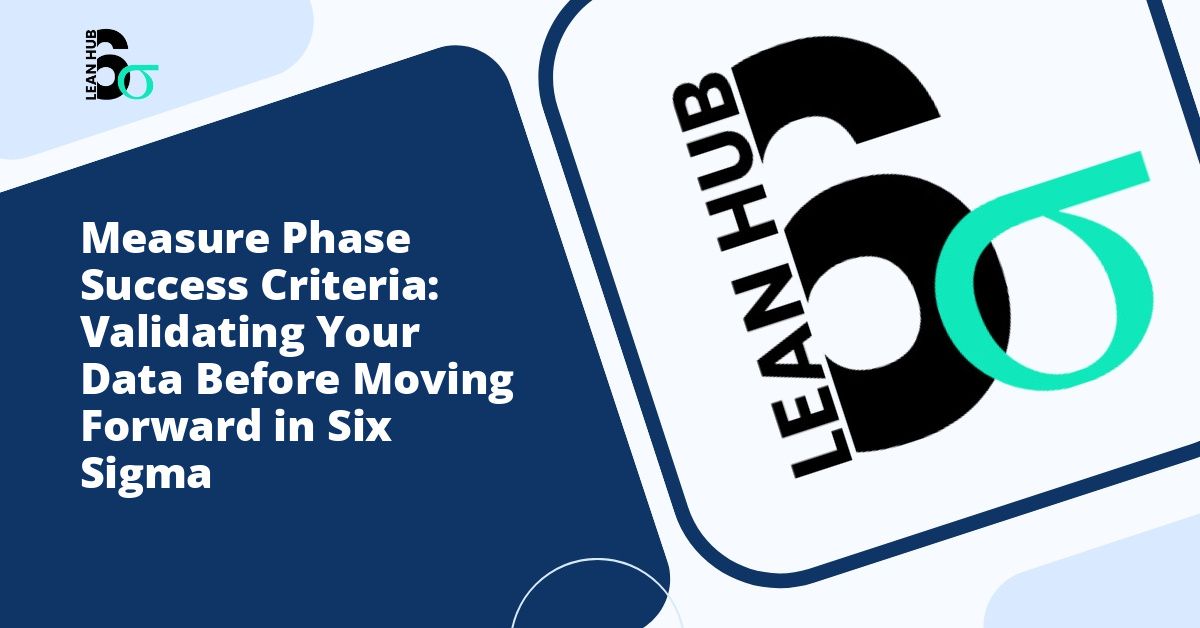When embarking on a Lean Six Sigma project, one of the most critical questions project managers and team members face is: how long should the Measure phase actually take? This question becomes even more pressing when stakeholders are eager for results and resources are limited. Understanding the proper timeline for data collection can make the difference between a successful project and one that fails to deliver meaningful improvements.
The Measure phase sits at the heart of any Lean Six Sigma initiative, following the Define phase and preceding the Analyze, Improve, and Control phases. Getting this phase right sets the foundation for all subsequent work, making it essential to allocate appropriate time without unnecessarily extending the project timeline. You might also enjoy reading about 5 Common Mistakes in the Measure Phase and How to Avoid Them for Lean Six Sigma Success.
Understanding the Measure Phase in Lean Six Sigma
Before diving into timelines, it is important to recognize phase objectives within the DMAIC (Define, Measure, Analyze, Improve, Control) methodology. The Measure phase serves multiple purposes: establishing baseline performance, validating the measurement system, and collecting reliable data that will inform your analysis and improvement efforts. You might also enjoy reading about Lean Six Sigma Measure Phase: The Complete Guide for 2025.
This phase requires careful planning and execution. Teams must identify key metrics, develop data collection plans, verify measurement accuracy, and gather sufficient data to understand process behavior. Each of these activities demands time and attention, but how much time is actually necessary? You might also enjoy reading about Data Collection Plan Checklist: 10 Essential Elements You Cannot Skip for Project Success.
The Standard Timeline: What Industry Experts Recommend
According to most Lean Six Sigma practitioners and certification bodies, the Measure phase typically requires between three to six weeks for most projects. However, this range should be viewed as a general guideline rather than a rigid rule. The actual duration depends on numerous factors specific to your organization and project scope.
For smaller projects with readily available data and simple measurement systems, you might complete the Measure phase in as little as two weeks. Conversely, complex projects involving multiple processes, locations, or data sources may require eight weeks or longer to collect adequate information.
Breaking Down the Measure Phase Timeline
To better understand where time goes during this phase, consider these typical activities and their approximate durations:
- Identifying key metrics and CTQs (Critical to Quality characteristics): 2-3 days
- Developing operational definitions: 2-3 days
- Creating data collection plans: 3-5 days
- Conducting measurement system analysis: 5-7 days
- Actual data collection period: 2-4 weeks
- Data validation and cleaning: 3-5 days
- Baseline performance calculation: 2-3 days
These timeframes often overlap, and experienced teams can execute multiple activities simultaneously, which helps compress the overall timeline without sacrificing quality.
Factors That Influence Data Collection Duration
Process Cycle Time
The nature of your process significantly impacts data collection duration. If you are measuring a process that produces one output per day, you need considerably more calendar time to gather 30 data points than if you are measuring a process that produces hundreds of outputs hourly. Always ensure your data collection period captures sufficient process cycles to represent normal variation.
Data Availability and Accessibility
Organizations with mature data management systems and automated data collection can often move through the Measure phase more quickly. If data already exists in databases or quality management systems, extraction and validation may take days rather than weeks. Conversely, manual data collection or situations requiring new measurement tools will extend your timeline.
Measurement System Complexity
Simple measurements like counting defects or recording completion times require less validation than complex measurement systems involving multiple appraisers, sophisticated equipment, or subjective assessments. A thorough Gage R&R (Repeatability and Reproducibility) study for a complex measurement system might take a week or more to complete properly.
Organizational Resources
The availability of team members, subject matter experts, and data collectors directly affects how quickly you can progress. If team members can dedicate significant time to the project, activities proceed faster than when participants juggle multiple responsibilities.
Seasonality and Process Variation
Some processes exhibit seasonal patterns or cyclical behavior that must be captured in your data. Manufacturing processes may vary by shift, customer service processes might fluctuate with seasonal demand, and financial processes often have monthly cycles. To recognize phase patterns and ensure representative data, you may need to extend data collection across these cycles.
The Risks of Rushing Data Collection
While pressure to deliver quick results is understandable, rushing through the Measure phase creates significant risks that can undermine your entire Lean Six Sigma project.
Insufficient Sample Size
Inadequate data leads to unreliable conclusions. Statistical analyses require minimum sample sizes to produce valid results, and cutting data collection short may leave you with insufficient information to understand true process behavior or detect meaningful improvements later.
Missed Variation Patterns
Processes rarely behave consistently. Short data collection periods might miss important sources of variation that occur weekly, monthly, or seasonally. Without capturing this variation in your baseline, you cannot account for it in your analysis or improvements.
Unreliable Measurement Systems
Skipping or shortening measurement system analysis to save time often backfires. If your measurement system contributes significant error, all subsequent data becomes questionable, potentially invalidating your entire project.
Stakeholder Confidence
Decision-makers need confidence in your data before approving improvements. Rushed data collection raises questions about reliability and can delay or prevent implementation of your solutions, ultimately costing more time than you saved.
The Dangers of Excessive Data Collection
While insufficient data poses problems, excessively long data collection periods create their own challenges. Analysis paralysis can set in when teams continue collecting data beyond what is statistically necessary, delaying progress without adding meaningful value.
Extended timelines also risk stakeholder disengagement. When projects stretch beyond reasonable durations, sponsors may lose interest, team members may be reassigned, and the urgency that drives change can dissipate. Additionally, if processes change during extended data collection periods, your baseline measurements may no longer represent current conditions.
Determining the Right Timeline for Your Project
Rather than defaulting to a standard timeline, take a strategic approach to planning your Measure phase duration:
Calculate Required Sample Sizes
Use statistical methods to determine minimum sample sizes based on your expected variation and desired confidence levels. This calculation provides an objective foundation for your timeline.
Map Data Collection Against Process Cycles
Ensure your timeline captures enough process cycles to represent normal operation. As a general rule, aim for at least 30 data points and preferably more for continuous data, and ensure you span relevant time periods for processes with known cycles.
Assess Resource Availability Realistically
Create a detailed plan that accounts for actual team member availability, competing priorities, and organizational constraints. Build in buffer time for unexpected delays or challenges.
Prioritize Measurement System Validation
Never skip or rush measurement system analysis to compress timelines. A solid measurement system analysis, even if it adds a few days to your schedule, prevents weeks or months of working with unreliable data.
Communicate Timeline Rationale
Help stakeholders understand why your chosen timeline is appropriate. Explain the statistical requirements, process considerations, and quality assurances built into your plan. This transparency builds confidence and reduces pressure to rush.
Best Practices for Efficient Data Collection
You can optimize your Measure phase timeline without compromising quality by implementing these practices:
- Leverage existing data: Before creating new data collection processes, thoroughly investigate what data already exists in your organization.
- Automate where possible: Use technology to streamline data capture, reducing manual effort and improving accuracy.
- Parallel activities: Execute non-dependent tasks simultaneously to compress timelines without rushing individual activities.
- Clear operational definitions: Invest time upfront in creating precise definitions to prevent data collection errors that require rework.
- Pilot your data collection: Test your collection methods on a small scale first to identify and resolve issues before full deployment.
- Engage process owners early: Involve the people closest to the process to recognize phase nuances and access data more efficiently.
Conclusion
The question of how long data collection should take in the Measure phase does not have a one-size-fits-all answer. While three to six weeks serves as a reasonable guideline for many Lean Six Sigma projects, your specific timeline should be driven by statistical requirements, process characteristics, data availability, and practical constraints.
The key is finding the balance between thoroughness and efficiency. Collect enough data to ensure statistical validity and capture true process behavior, but avoid unnecessary delays that erode stakeholder support and project momentum. By carefully planning your Measure phase timeline with clear justification for your approach, you set your Lean Six Sigma project on the path to meaningful, sustainable improvements.
Remember that time invested in proper measurement pays dividends throughout the remainder of your project. A solid foundation of reliable data enables confident analysis, targeted improvements, and lasting results that justify your initial investment in doing the Measure phase right.

